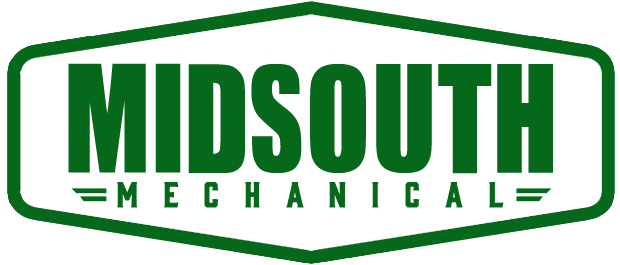Nearly three out of five workers are injured because they were not wearing eye protection at the time of the accident, according to the Bureau of Labor Statistics. A simple scratch from sawdust, cement, or drywall can cause recurring pain. Two of the most common causes of vision loss in construction workers are metal slivers released during hammering on metal and nails rebounding during normal carpentry. But some eye injuries can also occur from exposure over a period of time.
Here is an Example
William, a welder in San Diego, was working on a project site for the past year. He used equipment that exposed his eyes to welding light every day. He began experiencing “welders’ flash”, a condition caused by the intense light of welding burning the eyes and surrounding tissue. Although William went to the doctor for treatment, he is still having recurring discomfort in his eyes and as a result, can no longer work.
- What eye protection should William have worn?
- How can we prevent eye injuries?
- Make sure the safety eyewear has “Z78″ marked on the frame and in some cases the lens. (Safety glasses are tested by shooting a 1/4” BB at 100mph at the lends and dropping a 1 lb. pointed weight from 4′ on the lens. If it breaks in either test, it won’t have the Z78 mark.)
- Wear a welding helmet for all arc welding requiring shade numbers 10-14. Typically welding goggles can be used for gas welding or cutting with shade numbers 4-8. Goggles worn with face shields offer the best protection.
- Wear a face shield when using grinding wheels.
- Keep your safety glasses in good shape. Lenses can scratch. Store them in an old sock before they are tossed into a tool chest or seat of a car or pickup.
- If something gets in your eye, use the eyewash station. Eyes should be rinsed with clean water for at least 15-20 minutes.


